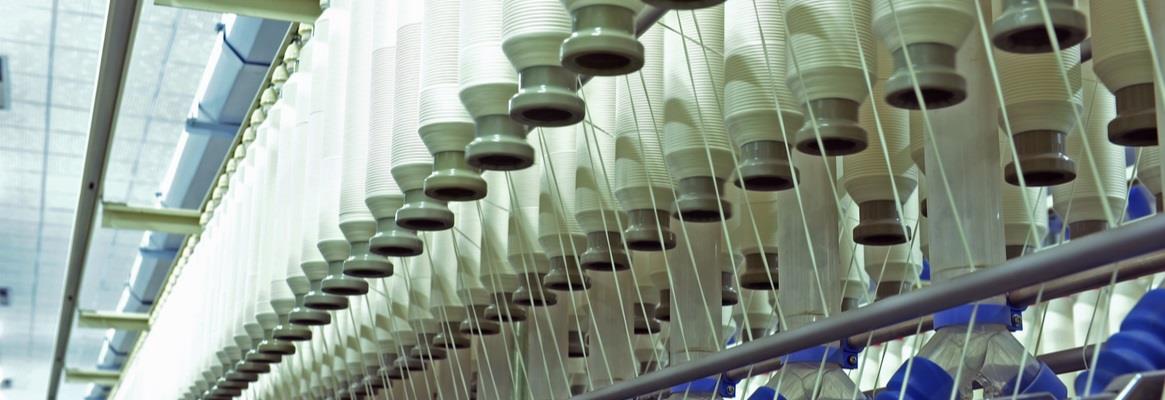The textile industry which had really slowed down at the initial stages of the lockdown due to pandemic has started showing signs of recovery. There are plenty of orders coming in to replenish the gap created by disruption in supply from China and investors wary of business continuity with China.
The current state might give the much needed thrust to the textile industry from an export and expansion point of view. India is also becoming a major destination for textiles as we have cotton. The innovation of textiles in India including the aesthetic, variety and artwork is fairly expansive even when compared to Vietnam and Bangladesh, even though their export capability has been well established.
This period has also seen innovation across brands to reach out to the customers. Most of the brands started their own online stores as the demand actually increased with people staying more at home and using regular items like bedsheets, towels, etc. Only the mode of purchase and requirement changed.
The increased demand not only uplifted the economy, but it also restarted the employment opportunities for women, as the textile industry empowers women.
The range of portfolios grew to add masks as they have become a staple product. It is no longer a marketing stunt to add masks to the portfolio, it is a responsibility of the entire industry to produce masks to serve the nation.
Brands have added their own novelty by creating reusable masks with various finishes like anti-microbial, anti-viral to service the rise of wellbeing as of one the core demand.
Expected trends
In the coming months the textile industry will witness e-commerce becoming the key point of sale for all brands. Touch and feel is no longer a viable option for people. Apart from that more textile players will opt for digital sales and marketing by tapping into wooing customers with social media influencers.
Antimicrobial textiles will continue to play an important part as hygiene and safety are of prime importance now, therefore we can see a continuous rise in the demand for hygiene based products and protective fabrics. Products that will enhance the quality of life will sell more than luxury goods.
Home linen industry will have to cater to the requirement of customers by incorporating hygiene as the key enhancement for product purchase.
With work from home becoming a reality, another layer of innovation that textile brands have to create is fabrics that are waterproof (splash proof), fragrant, wrinkle-resistant, and easy to care for at home.
Business and festive trends for home linen industry
Home textile sales have increased worldwide as people spend a lot of time at home. Another befitting change is that the world has grown more conscious of sustainable living and lowering damage to the environment. Home furnishings and linen products made out of organic cotton, linen, bamboo, hemp etc. will make for a path breaking trend. In fact brands are investing in chemicals and dyes which are environment friendly and sustainable so that they can cater to the needs of the customer along with fulfilling their social responsibility. In addition, R&D teams are hired by various brands that are working towards ecological environmental management and sustainable goals. Water conservation through use of less water during the manufacturing process is something that brands and customers both consciously look at to build long term associations.
With festive season, we expect to see more home linen and home furnishing purchases as people continue to spend more time at home, while also entertaining friends and family at home.
Festive period is all about feeling good, so even during the pandemic we will see bright and colourful patterns win over the pantone colour of the year, which is classic blue. Material wise, soft feel satin bed linen would be preferred because of added comfort. Here again antimicrobial/antibacterial elements will be the key across designs and materials.
In my experience, the home textile industry will see increased demand and sales all over the world for which a huge part is owed to the 'work from home' situation. While demand is way more than supply, it will be balanced post January.
We also expect cotton prices to rise following an increased demand for cotton textiles. Post that we can also witness India becoming a major destination for textile. As highlighted new fibres like linen, bamboo, Tencel and modal have become predominant choices of the evolving and discerning customers.










Comments